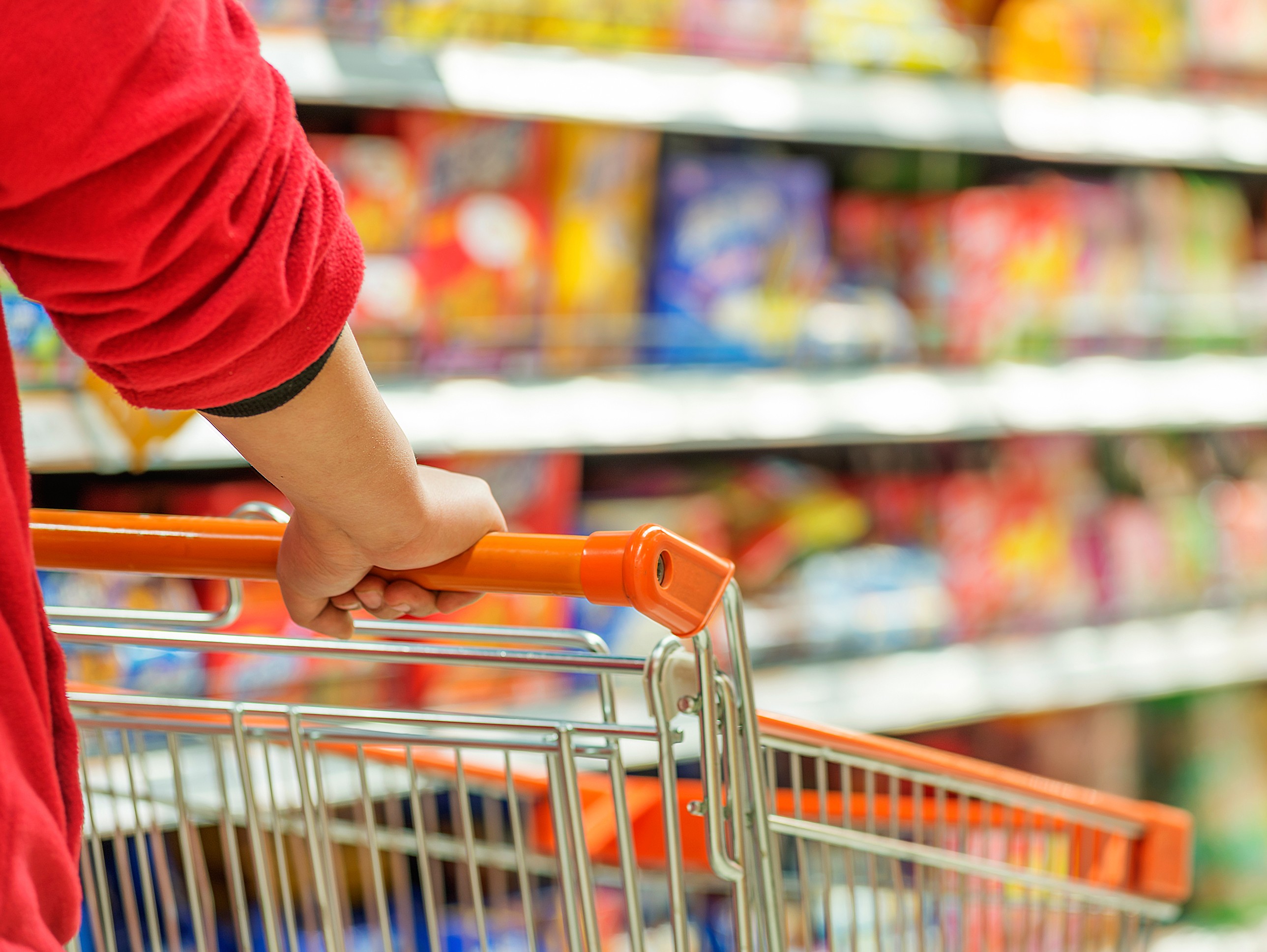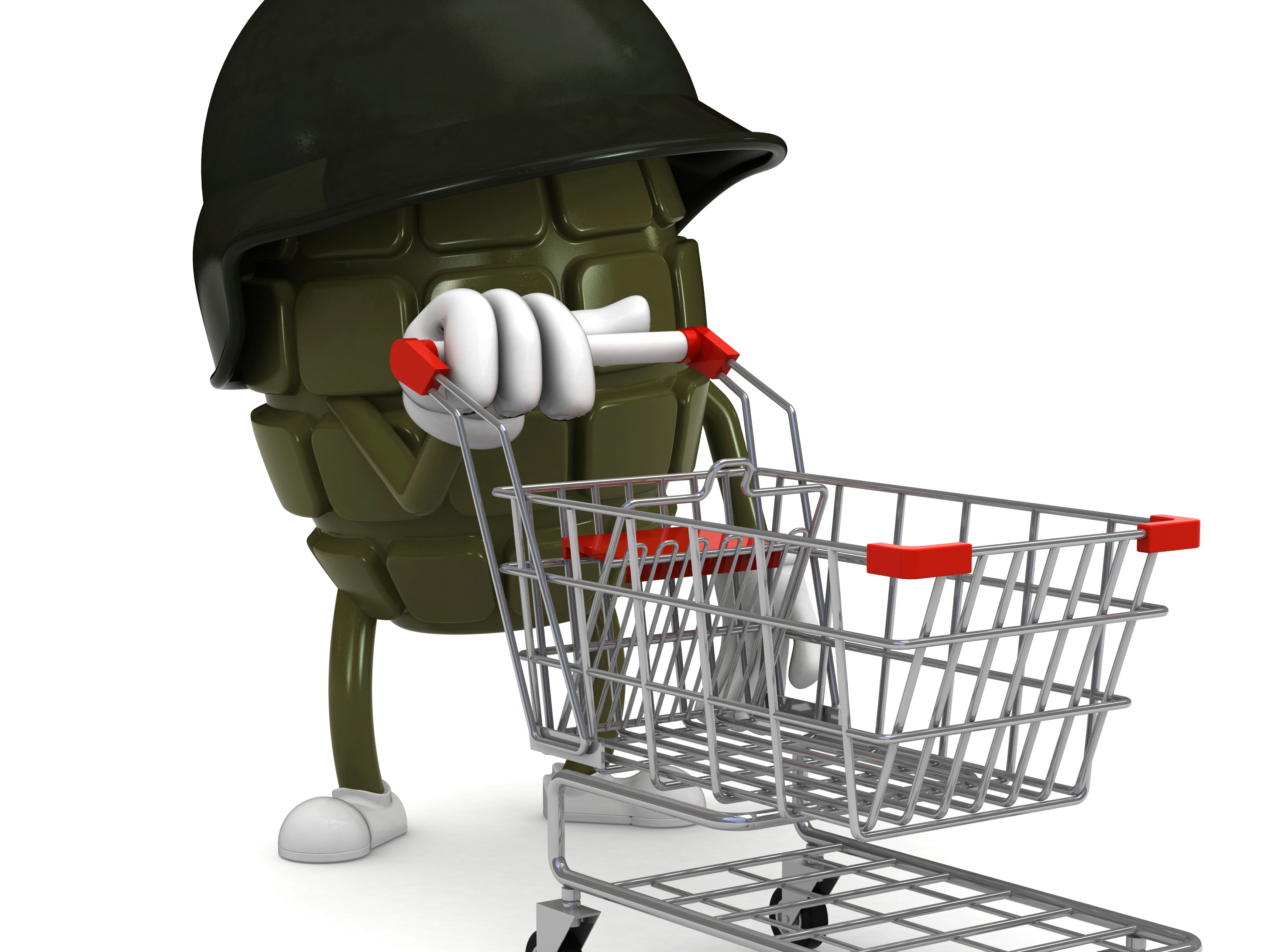
Although most suppliers are convinced of the importance of a good relationship with retailers, the path to achieving that is not without obstacles. Price wars have considerably damaged the basis of trust. With consumers becoming increasingly self-aware, is it now time for retailers and the food industry to join forces?
The category plan is prepared jointly by the retailer and the manufacturer. Starting with the key characteristics of the retail formula and combined with the manufacturer’s vision, it is intended to generate maximum profit for both parties. Hence, drawing up a successful category plan is an important part of the collaborative relationship. But how has that relationship evolved over the past decade?
'Consumers are becoming increasingly self-aware'
“Now more than ever, consumers want to know where a product has come from and under which conditions it has been produced. The effectiveness and transparency of the chain can be improved by strengthening collaboration within the chain and reaching exclusive agreements with retailers. In turn, this puts the sector in a better position to respond to consumer preferences, to innovate and to increase exports to new or existing sales markets. The food industry has a lot of catching up to do – and quickly – if it is to capitalise on these opportunities,” according to the ABN AMRO report called ‘Vision on Food 2013’ (published on 17 May 2013, in Dutch only).
Ten years ago, Dutch food retailers were caught up in a supermarket price war, initiated by Albert Heijn. The chain had become too expensive compared with the rest so it reduced prices on over 1,000 products. Competitors felt compelled to do the same. The ensuing three-year price war cost all the supermarket chains a lot of money. And when they tried to raise prices again, they suffered damage to their image. The supermarket landscape was so shaken up that the only real winner was the consumer, since particularly the fast-moving items (and primarily the leading brands) became considerably cheaper to buy.
The price war officially ended in 2006 but things never really settled down completely; special offers accounted for an ever-greater percentage of supermarket sales. “The supermarket price war has turned into a battle of the special offers,” concluded Marcel van Aalst, Director of the Erasmus Food Marketing Institute (EFMI), on 12 November 2010 in Dutch newspaper De Telegraaf. “This is having an impact on manufacturers. Supermarkets are keeping a closer watch on one another, especially in terms of manufacturers’ price promotions, which is increasing the pressure on producers – who are being affected by the rising price of raw materials too.”
Philip den Ouden, Director of the Federation of Dutch Grocery and Food Industry (FNLI), noted that manufacturers were launching fewer new products. “They are increasingly focusing on costs and investing less in R&D, for example. But employees are the victims too, since manufacturers are also looking to reduce personnel costs.”

Nevertheless, the tide appeared to have turned. In 2013, ABN Amro’s ‘Vision on Food’ report stated that wholesalers and manufacturers were increasingly working together in the areas of purchasing and logistics to keep a rein on costs. “In the fresh produce market companies are specialising in market segments or distribution channels. The number of closed, vertical chains is increasing which is giving growers and retail distributors more insight into sales figures, special offers and consumer behaviour. The dairy industry is at the forefront of this trend towards an integrated chain, but there are also cases of companies working together with their suppliers to safeguard the supply of raw materials in the fish processing industry, for example. Moreover, retailers are sometimes doing business directly with producers abroad,” according to the report.
“An intimate, exclusive partnership in which information is shared digitally can be mutually beneficial. The retailer receives optimal service at attractive prices and the supplier has a larger and more stable demand,” said Niels Dijkman, Sector Banker Food at ABN AMRO, when commenting on the report. “We will be seeing this collaborative model increasingly frequently. Apart from being a healthy financial relationship, an exclusive partnership is based on trust. That can help to eliminate conflicts of interest between the customer and the supplier and can improve business stability.”
'There is a greater need for transparency in the entire chain'
However, a new price war broke out not long after publication of that report. Albert Heijn once more reduced the price of over 1,000 items – primarily leading brands again – in September 2013, and other supermarkets – including Jumbo – were quick to follow suit. In spite of that, Dutch food retailers signed a European ‘Code of Conduct for Fair
Relationships between Suppliers and Purchasers in the Agro-Food Chain’ on 16 September 2013 in Brussels. The Dutch Food Retail Association (CBL) went to considerable effort in support of the code forming the basis for a Dutch pilot for the settlement of business-to-business disputes. The ink on the agreement was hardly dry when, a week later (23 September 2013), press agency ANP reported that food retailer Plus “wants to squeeze suppliers”. Plus was hoping to regain margin by increasing the pressure on its suppliers, and that was confirmed by a spokeswoman at Plus: “If we don’t lower our prices too, customers will go to a supermarket that has. This situation is causing us to lose margin.” And the retailer intended to pass that loss on to its suppliers – not a particularly good example of ‘a healthy financial relationship based on trust’.
In late 2013, ABN AMRO and EFMI Business School conducted a study among 136 managers and executives from 91 A-brand manufacturers, private-label companies and ‘dual trackers’. The key findings were published in March 2014, namely that suppliers and retailers in the food sector are increasingly realising that collaboration is unavoidable. There is a greater need for transparency in the entire chain, not least due to a number of far-reaching scandals in the food sector. Suppliers and retailers who do not collaborate intensively will be less successful in the long term. “Suppliers are clearly prepared to invest in partnerships, often exclusive ones, in particular with the major retailers,” according to the researchers.
Although most suppliers are convinced of the importance of working together with retailers, a notable 63 percent of them believe that a lack of mutual trust is standing in the way of better collaboration. “A suitable response to the recent food-sector incidents is to regain credibility and the general public’s confidence. Good collaboration between the various links in the food chain is an indication that the individual partners trust one another. At B2B level, that trust is a particular strong signal which encourages the consumer to have confidence in the end product,” emphasised Niels Dijkman.
“Retailers continually want to tighten their grip on the chain and there is a growing need for unique product ranges which set them apart,” noted Marcel van Aalst, EFMI. “At the same time, more and more suppliers are prepared to invest in exclusive partnerships with retailers, although this varies per region, per retailer and per supplier. For example, a supplier’s willingness to customise their products increases in proportion to the size of the retailer. This will become a challenge for the large manufacturers of leading international brands in particular, since making products, brands or innovations available to a specific retailer on an exclusive basis is at odds with the volume-driven approach of those companies. That will present an interesting paradox in the years ahead.”
“For all companies in the food sector, it is essential for them to focus on optimising the chain and offering differentiation to increasingly self-aware consumers,” was Niels Dijkman’s advice in the Sector Update of May 2014. “At the same time, the food industry’s frontrunners will have to face up to – and broaden – their own responsibilities with respect to sustainability.” As the largest sales channel for food and drink, supermarkets feel obliged to lead the way, according to the report. “In addition to initiatives by supermarket chains at enterprise level, local retailers are also increasingly listing regional specialities or products from local suppliers.” In other words, food manufacturers and distributors or wholesalers who really want to set themselves apart must offer retailers added value: by utilising their knowledge about both the product and the customer even more effectively in order to provide tailor-made category-management support, and by continuing to innovate.

Despite the fact that most food manufacturers could not survive without the supermarket channel, a growth in sales through other channels is reducing their dependency on it. They are increasingly taking things into their own hands, such as by sponsoring events (e.g. Unox sponsors the New Year’s Day dip in sea at The Hague, and Chocomel, Sonnema Berenburg and HEMA sponsor the one in Harlingen) or by opening branded stores. The aim is to create a brand or product experience which touches people personally and emotionally. It is possible online, and is increasingly being done by manufacturers and retailers alike through interactive websites offering online games, convenient ordering and extra service. Anything goes, as long as it engages with consumers; building up a real relationship with the customer is the key to success.
Source: Supermarktkarretje: ©istock-hxdyl; Supermarktoorlog: ©istock-Talaj; OnlineShopping: ©istock-JAlcaraz